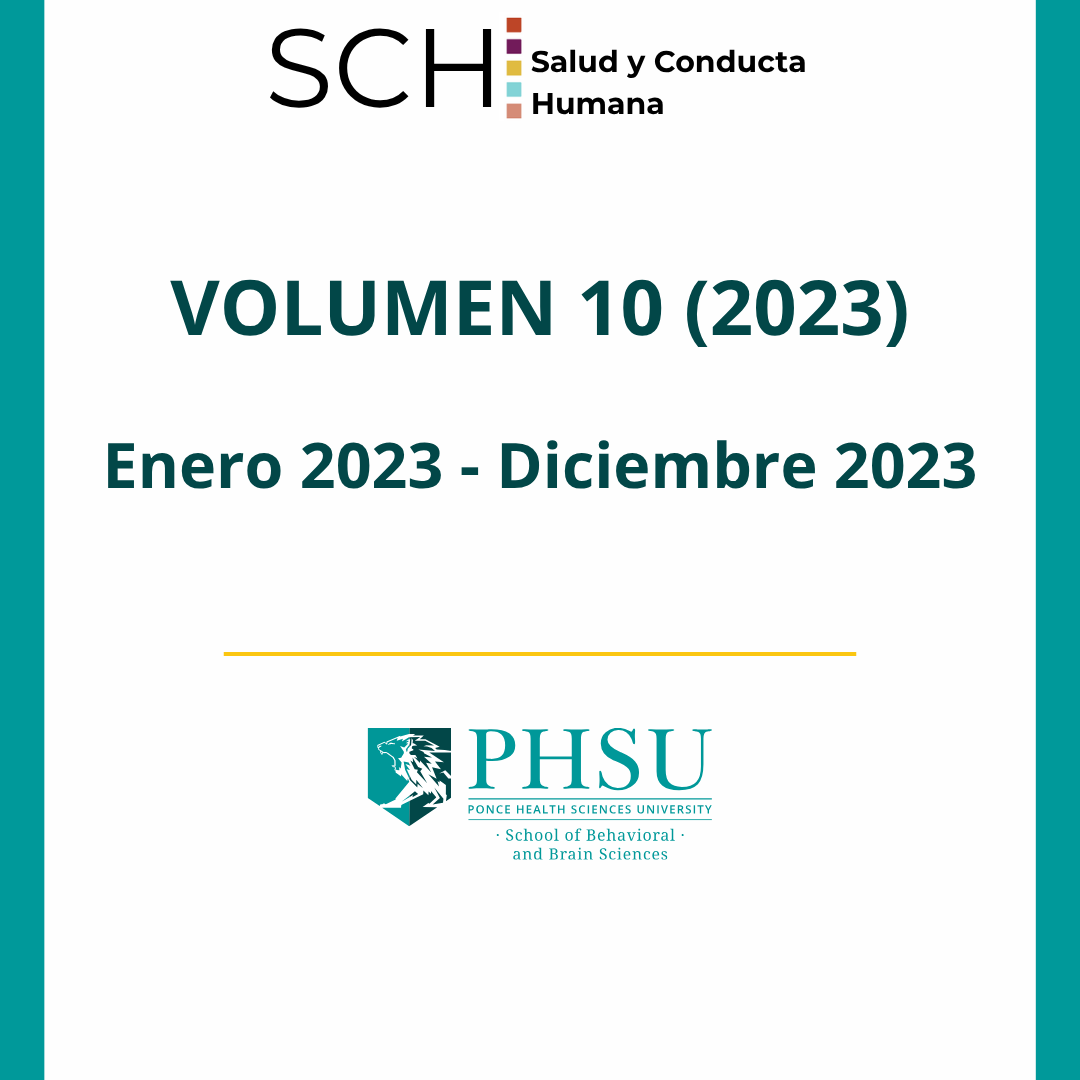Insulin Resistance and Childhood Trauma Influence Electroretinographic Function in Early-course Psychosis: A Case-control Study
DOI:
https://doi.org/10.71332/8sd3n903Resumen
Background: Electroretinographic dysfunction is observed in schizophrenia, with a-wave and b-wave amplitudes potentially serving as state- and trait-markers respectively. Insulin resistance (IR) and childhood trauma (CT) have also been associated with schizophrenia. Electroretinographic dysfunction in early-course psychosis (EP) lacks exploration. This study aimed to understand the relationships between electroretinographic dysfunction, IR, and CT in EP. Methods: The study involved healthy controls (HC, N=13) and EP individuals (N=14) and included photopic and scotopic flash-electroretinography (fERG), blood collection for IR assessment, and the Childhood Trauma Questionnaire (CTQ). Data were analyzed using SPSS v.29. Group differences across fERG conditions were explored using repeated-measures ANOVA (3 flash conditions X 2 groups) controlled for gender and age. Sub-analyses included Chi-square, Mann-Whitney U-tests, Spearman correlations, linear regressions, and mediation analyses. Results: Compared to HC, EP participants showed (1) lower photopic a-wave and b-wave amplitudes, specifically in the left eye and under the P1 condition, (2) greater odds for IR, and (3) higher CTQ scores. IR was associated with a higher CTQ score and a lower P2b amplitude. A higher CTQ score – with IR acting as a mediator – was associated with lower P2b amplitude, notably in the left eye. Conclusion: These findings suggest that reduced photopic a-wave and b-wave amplitudes, IR, and CT are explanatory markers in EP. CT may dysregulate the hypothalamic-pituitary-adrenal axis, increasing the risk of experiencing IR and later-life psychosis. IR might be a trait marker in psychosis, contributing to electroretinographic dysfunction and neurodegeneration of cone post-synaptic cells. Further investigations are needed.
Descargas
Descargas
Publicado
Número
Sección
Licencia
Derechos de autor 2025 Salud y Conducta Humana

Esta obra está bajo una licencia internacional Creative Commons Atribución 4.0.


